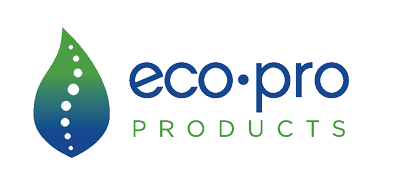The importance of ongoing learning cannot be overstated, as it ensures that practitioners remain at the forefront of industry standards, innovative techniques, and cutting-edge patient care practices. The onset of the COVID-19 pandemic marked a pivotal shift in traditional learning formats, ushering in an era where online and remote learning became the norm rather than the exception. This transformation has opened new avenues for CE, blending the boundaries between physical and virtual classrooms.
The Importance of Continuing Education for Clinic Success
Continuing education is more than just a requirement for maintaining licensure; it’s a critical investment in a clinic’s most valuable asset—its staff. CE ensures that physical therapists and their support teams are knowledgeable about the latest in patient care, from novel therapeutic techniques to breakthrough research findings. This commitment to excellence not only enhances patient outcomes but also bolsters the clinic’s reputation, attracting both new clients and top-tier talent. Moreover, a well-informed staff is better equipped to navigate the complexities of healthcare delivery, contributing to the operational success and sustainability of the clinic.
In-Person vs. Remote Continuing Education
The debate between the merits of in-person versus remote CE is multifaceted. On one hand, in-person training offers unparalleled opportunities for hands-on learning, immediate feedback, and networking with peers and mentors. These experiences are invaluable in a field as tactile and nuanced as physical therapy. On the other hand, remote CE provides flexibility, accessibility, and a breadth of resources that can complement and enrich the learning experience. The key lies in recognizing that both formats have unique advantages and challenges, and the most effective CE strategy may involve a hybrid approach that leverages the strengths of each.
Adapting to the New Normal
Clinics today are faced with the task of integrating in-person and online CE opportunities to create a well-rounded professional development program. This involves identifying CE programs that not only meet regulatory requirements but also align with the clinic’s specific goals and the developmental needs of its staff. Strategies for adapting to this new normal include offering a mix of live webinars, online courses, hands-on workshops, and professional conferences. By embracing a flexible approach to CE, clinics can ensure that their teams remain agile, informed, and ready to deliver exceptional patient care.
Continuing Education Resources
Several reputable resources stand out for providing high-quality CE options tailored to the needs of physical therapy professionals. The Institute of Clinical Excellence (ICE) and Evidence In Motion (EIM) are exemplary organizations offering a range of programs from hands-on classes to post-professional education. When evaluating CE programs, consider factors such as accreditation, faculty expertise, program content, and the potential for practical application in your clinic’s daily operations. Investing in the right CE resources can significantly enhance your clinic’s competencies and competitiveness.
The landscape of physical therapy is continually shifting, driven by advances in medical science, technology, and patient care philosophies. In this dynamic environment, continuing education emerges as a critical pillar supporting clinic excellence and professional growth. By committing to a diverse and comprehensive CE strategy, clinic owners and managers can cultivate a culture of continuous improvement and innovation. The benefits of this investment extend beyond individual practitioners, enriching the clinic environment, elevating patient care standards, and securing the clinic’s position as a leader in the field of physical therapy.
